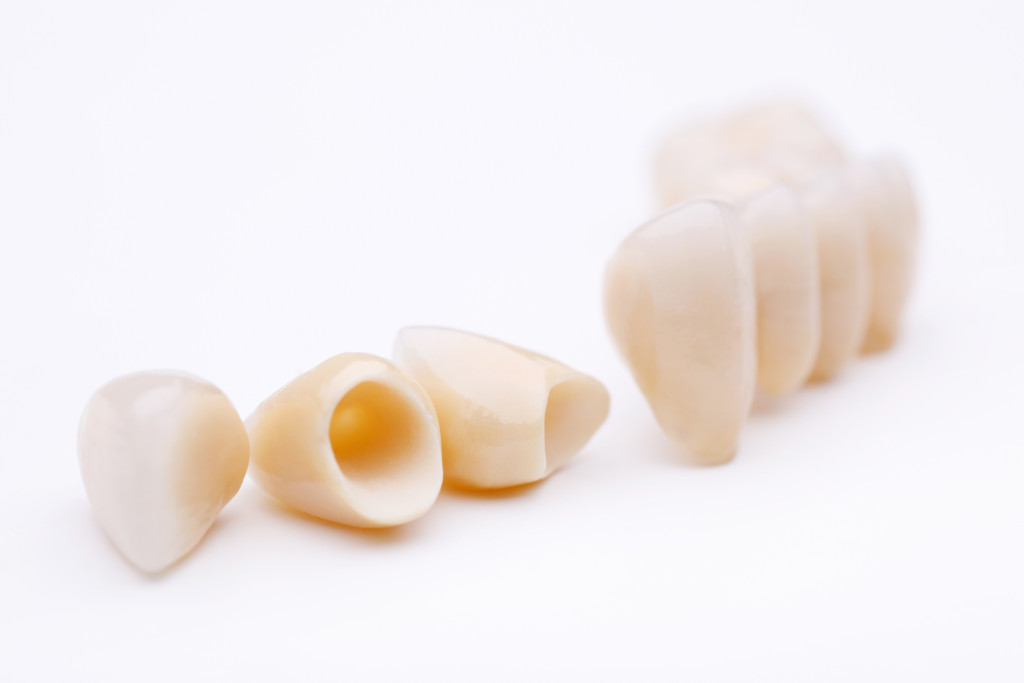The United States has one of the highest rates of dental disease in the developed world. According to a report from the Centers for Disease Control and Prevention (CDC), more than one in four adults aged 18 years and over have untreated cavities. About one in every two adults has periodontal disease.
Poor oral health can lead to several serious health problems, including heart disease, stroke, and diabetes. It can also cause pain and difficulty eating, speaking, and smiling. Although most dental diseases aren’t dangerous by themselves, a few are rare and deadly by themselves. In this article, we will be exploring some of the rarest dental diseases and how they can be treated.
Temporomandibular Joint Pain
The temporomandibular joint (TMJ) is the joint that connects your jaw to your skull. TMJ pain is a common type of dental pain, and it can be caused by many things, including teeth grinding, clenching, and bruxism.
Treatment for TMJ pain typically includes wearing a mouth guard or nightguard, taking over-the-counter pain relievers, and avoiding hard or chewy foods. Your diet can also help TMJ. For example, a softer diet, eating smaller meals more often, and avoiding gum chewing.
If you have TMJ pain, it’s essential to see your local dental professional or doctor so they can rule out other causes of your pain, such as arthritis, infection, or a tumor.
Trigeminal Neuralgia
Trigeminal neuralgia (TN) is a rare nerve pain that affects the trigeminal nerve, the main nerve responsible for facial sensation. TN can cause severe, sharp, shooting pains in the face that can last for seconds or minutes. The pain may be triggered by touching your face, brushing your teeth, or even drinking a cold beverage.
TN is typically treated with medication, nerve blocks, and surgery. In some cases, a combination of these treatments is necessary.
Osteonecrosis of the Jaw
Osteonecrosis of the jaw (ONJ) is a rare but severe condition when the jawbone loses blood supply and begins to die. This can happen if you take certain medications, such as bisphosphonates or denosumab, used to treat osteoporosis or cancer. ONJ can also occur after the radiation therapy to the head and neck area. It’s relatively rare, but it can be expected for cancer patients, which makes cancer a severe risk factor for this disease.
Symptoms of ONJ include pain, swelling, and infection in the jaw. The condition can also cause loose teeth, numbness, and difficulty eating or speaking. Treatment for ONJ typically includes antibiotics, surgery, and medication.

Ameloblastoma
Ameloblastoma is a rare type of tumor that grows in the jawbone and teeth. It usually affects adults between the ages of 40 and 50, and it is more common in men than women. The tumors are often slow-growing and may not cause any symptoms for years.
When symptoms do occur, they can include pain, swelling, and a lump in the jaw. The tumor may also cause teeth to become loose or fall out. Treatment for ameloblastoma typically includes surgery, radiation therapy, or chemotherapy. It’s also important that you avoid sugary foods as diabetes have been known to be related to this disease. Furthermore, avoid smoking or drinking too much as those can lead to this disease.
Cancer of the Mouth and Throat
Cancer of the mouth and throat is a rare but serious condition that can occur in any part of the mouth or throat, including the lips, tongue, gums, palate, and larynx. It’s more common in men than women, and it typically affects people over the age of 50.
Symptoms of mouth and throat cancer can include a sore that doesn’t heal, bleeding, numbness, pain, and difficulty swallowing. Treatment for mouth and throat cancer is the same as Ameloblastoma. Continuous treatment can also lead to ONJ, making all of these rare diseases connected to one another. Essentially, avoiding one of these diseases can mean avoiding the other.
Hyperdontia
Hyperdontia is a condition that causes you to have supernumerary teeth, which are extra teeth that grow in addition to your normal teeth. It’s a rare condition that usually affects children between the ages of 5 and 10. The most common type of supernumerary tooth is an impacted wisdom tooth.
Symptoms of hyperdontia can include pain, crowding of the teeth, and difficulty chewing. Treatment for hyperdontia typically includes surgery to remove the extra teeth.
Keratocystic Odontogenic Tumor (KCOT)
A keratocystic odontogenic tumor (KCOT) is a rare type of benign (non-cancerous) tumor that grows in the jawbone. It’s most common in young adults between the ages of 20 and 30, and it’s more common in men than women. KCOTs are often slow-growing and may not cause any symptoms for years.
It’s a fairly rare disease that needs a specialized diagnosis to find it. If you experience any pain, swelling, or numbness in your jaw, you should consult your doctor immediately. Since KCOT is a tumor, the treatment is similar to cancer.
There are many rare diseases that can affect the jawbone and the mouth. Some of these diseases are more serious than others, but all of them require treatment. The most important thing you can do if you think you may have a rare disease is to see your doctor so that you can get an accurate diagnosis and begin treatment as soon as possible.







